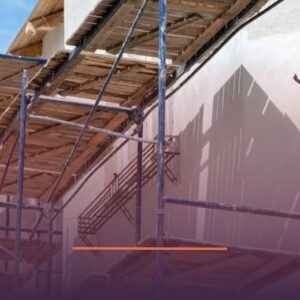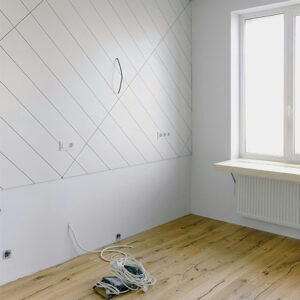Facade Renovation in Historic City Centers: Challenges and Opportunities
Discover how facade renovation in historic city centers preserves cultural heritage, enhances urban aesthetics, and improves quality of life.
The Importance of Facade Renovation in Historic City Centers
Renovating historic facades is essential to preserving the unique character and cultural identity of historic city centers. These buildings are architectural masterpieces and valuable witnesses of the past, reflecting local history and traditions.
High-quality restoration helps safeguard this architectural heritage for future generations. It also enhances the urban landscape, attracts visitors, and boosts the local economy.
Because historic buildings often present unique challenges, innovative approaches and modern technologies are needed to ensure preservation while promoting sustainable development without losing the authentic charm of the old town.
Challenges in Restoring Historic Buildings
1. Complex Architectural Structures
Historic facades are built with materials and construction methods no longer commonly used. Modern renovation techniques cannot always be applied directly, requiring precise planning.
2. Preserving Cultural Heritage
Every intervention must respect the building’s authenticity and architectural harmony. This demands close collaboration with heritage preservation authorities and specialized architects.
3. Strict Regulations
Historic city centers are often subject to stringent building codes designed to protect their cultural integrity. These rules can extend project timelines and require careful coordination with local authorities.
Innovative Measures and Support Programs
In Switzerland, various cantonal and municipal programs offer grants and technical advice to support the restoration of historic buildings. These initiatives help reduce the high costs of renovation while preserving valuable cultural assets.
Modern materials and technical solutions also make it possible to improve energy efficiency while maintaining historic authenticity – for example, through discreet insulation or the integration of renewable energy sources.
Impact on Life in the Historic Center
-
Improved Living Comfort: Restorations often improve insulation, reduce heating costs, and create a more comfortable living environment.
-
Stronger Community Bonds: A renovated historic center fosters local pride and strengthens community identity.
-
Influence on the Real Estate Market: Restorations increase property values but may also lead to higher rents.
Renewable Energy and Modern Technologies
Facade renovation offers the opportunity to integrate sustainable solutions:
-
Solar panels discreetly installed on rooftops
-
High-performance insulation that respects the original design
-
Smart home systems to optimize energy consumption
These solutions reduce energy costs, enhance comfort, and contribute to environmental protection.
Future Outlook
A successfully renovated historic center blends tradition with modernity:
-
Renewed Splendor: Preserving historic buildings while improving quality of life.
-
Economic Growth: Increased tourism, new investment opportunities, and job creation.
-
Sustainability: Energy-efficient systems and renewable energy integration.
-
Community Engagement: Strengthened local identity and greater resident involvement.
💡 Conclusion:
Facade renovation in historic city centers is far more than an aesthetic project – it is a strategic investment in cultural heritage, quality of life, sustainability, and long-term economic growth.









